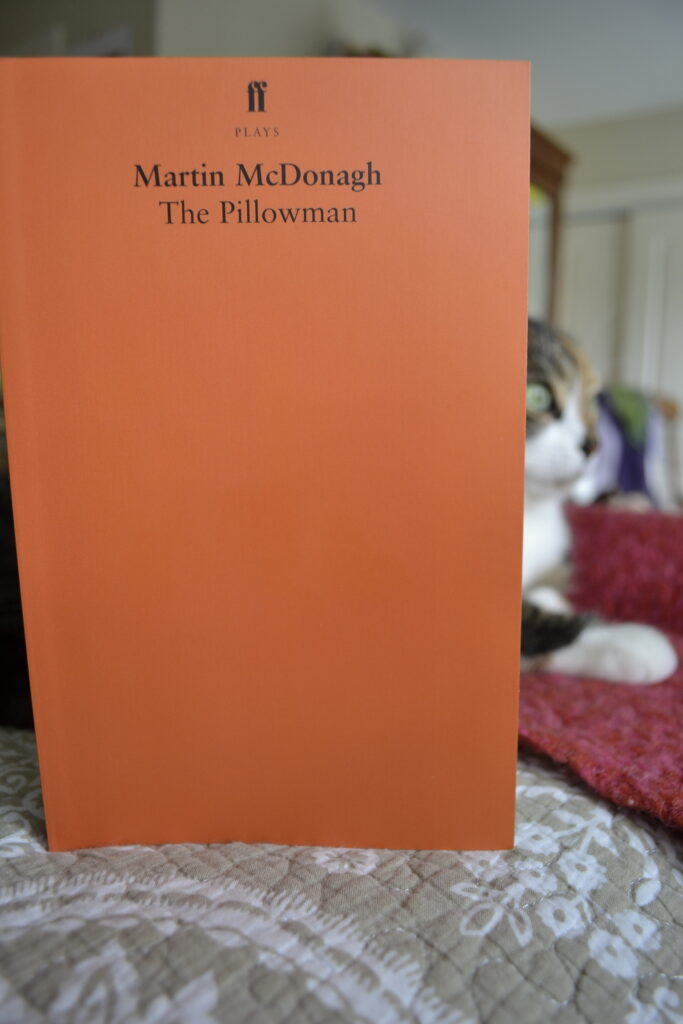Peanut Raids
I know that fall is truly coming when the blue jays start raiding my feeder for any and every peanut they possibly can. This year they have more than a bit of competition since I’ve got at least two chipmunks, a bumper crop of squirrels, and four or five cardinals trying to hoard nuts as well. While it’s not exactly fun to watch some birds exhibit what comes close to human amounts of gluttony, I do appreciate having so many species of birds as regular visitors. Bird watching is sometimes seen as just identifying birds, but the unsung aspect of the hobby is watching birds interact with each other and their surroundings.

We’re lucky enough to have a naturalized backyard which means I get to watch birds flitting around among the trees and the wild asters and dogwood. I get to watch them call and twitter to each other and chase each other through the brush. I also get to watch bird destruction of things I would really rather them not destroy — but that’s a post for another day.

Dark Fairy Tales
I actually picked up the Faber and Faber edition of Martin McDonagh’s The Pillowman because I was browsing the classics section and there it was. The plot summary intrigued me. It was one of those times when I knew that the piece would either be very good or very bad. Luckily, McDonagh delivered and The Pillowman is a dark masterpiece of a drama. The action centres around a writer named Katurian who is living in a totalitarian state. He has been brought in for questioning (and torturing) by police who are investigating a series of child murders based on Katurian’s stories. What unfolds during the interrogation is a twisted tale of abuse, murder, and the ways in which good writing can be used by bad people for their own ends.

McDonagh was partially inspired by the insidious darkness of childhood fairytales, and he brings that eerie feeling through with incredible effect. The Pillowman is a narrative that explores storytelling as a means to heal but also as a potential weapon in the wrong hands. The Pillowman himself is a powerful metaphor for the unforeseen costs that can come out of artistic creation, and he poses a question about the responsibility of the artist themself.

The Responsibility of the Writer
So, how responsible is the writer? Katurian’s violent stories are the result of years of listening to the suffering of his brother, Michal, at the hands of their parents. When Michal ends up using those stories to kill children, Katurian can’t help feeling at least partially responsible. However, he is unaware of his brother’s crimes. While Katurian decides to pay the price for the violence he thinks he created, the reader can’t help but wonder if he truly is responsible. True, he wrote the stories, but he did not kill those children and could never have predicted that his brother would. McDonagh is ultimately pointing out that the artist cannot possibly be at the fault for the actions of others, even if those others were inspired by their work. It is Michal that is responsible, not Katurian.

A Comment on Authority
The Pillowman is also a comment on authority and the abuse of it and what can happen when the state attempts to control literature and creative output. Both of the characters of the investigators are worth a closer look.
There is Tupolski, the ‘good cop’ of the interrogation. He is not violent or explosive, but he is completely detached from the crime, the victims, the perpetrators. One questions what his motives actually are and why he chose law enforcement as a career. There are sinister hints that he is hungry for power and is willing to bend rules to get it.

Ariel is the ‘bad cop’, and he plays the role exceedingly well. Violent and explosive, his motives are crystal clear. He wants to wreak vengeance on anyone who commits crimes against children because he was abused himself. However, in the end, it is Ariel who displays more sympathy with Katurian, and more humanity than his colleague as the end sequence comes down to the ultimate question of whether the stories will be preserved or destroyed.

Quiet Saturday Mornings
I usually write these posts on Saturday mornings, which are slow and quiet. It’s the perfect environment for thinking about books and picking them apart with my lovely spouse, who is usually knitting or crocheting or otherwise doing handicrafts. That kind of calm is something that I need at the end of a rough week, and even a not-so-rough one. This weekend we have to catch up on some work in order to earn a week off, and while I can see the goal, it feels far too distant when I’m missing that Saturday morning peace.
Only one more week of plays, then comes October and spooky posts galore! Stay tuned!

